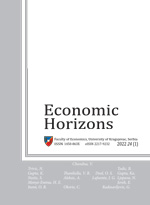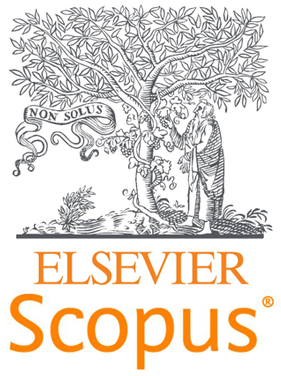TAXATION AND ECONOMIC GROWTH: A REGRESSION ANALYSIS BASED ON A NEW CLASSIFICATION
Lich Khac Hoang1, Binh Tan Cao2, Kim My Le2 and Dung Thi Thuy Nguyen 2
1Vietnam National University, University of Economics and Business, Hanoi, Vietnam
2Quy Nhon University, Quy Nhon, Vietnam
This paper examines the impact of taxes on the economic growth based on classifying countries by GDP per capita and a tax burden. The Partitioning Around Medoids (PAM) technique is used because it is not too sensitive to outliers. Through this multicriteria classification technique, the Generalized Method of Moments (GMM) is employed to analyze the data of the three groups consisting of 63 countries from 2003 to 2017. The results show that most taxes have a positive impact on economic growth in poor countries (Group 1). Interestingly, taxes on goods and services promote economic growth in rich countries (Group 3), rather than having a negative effect, as is concluded by some previous studies. Specially, while the property tax has a negative effect on economic growth in rich countries, its impact is significantly positive in poor countries.
Keywords: tax structure, economic growth, clustering technique, GMM estimation
JEL Classification: E62, H0, O47




